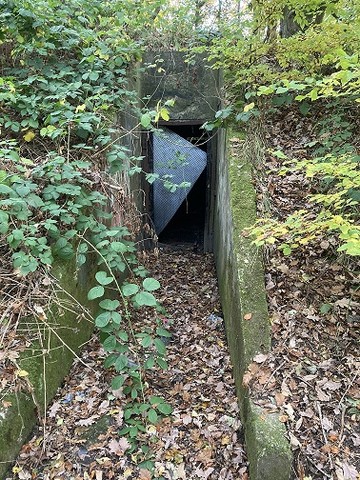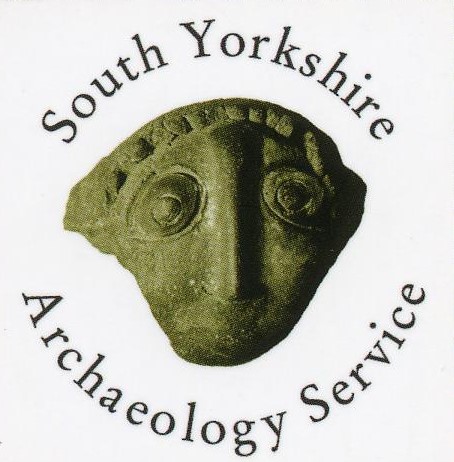Making the Most of Your Nominations

Over the past 5 months the Local Heritage List has received some amazing nominations from all over South Yorkshire. There have been all sorts of places, from furnaces to water troughs, churches to fields with ridge and furrow marks, shops, houses, farms and much more! Every one has been different and each gives us that little bit more valuable information on how the region developed and grew into the places we all know so well.
Like the places they refer to, the nomination forms themselves have also been interesting to read, some are very detailed, others quite succinct and they include a variety of photographs, plans, newspaper cuttings and old engravings and paintings. It’s been amazing to see what sort of research has been done and the information that has been found from so many sources (even without the archives in Doncaster!). It’s been especially interesting to see how each nomination fits in with the assessment criteria and many have included surprising facts about how assets meet unexpected criteria, who would have thought an old cinema would have archaeological value!?
By far the best nominations are the ones that have been able to illustrate clearly how the asset meets all, or nearly all, the criteria, as these show a really well-rounded picture of the character of the asset and why it is so important to the local area. Here is a selection of some of our favourites, so far, from the brilliant nominations we have received.




